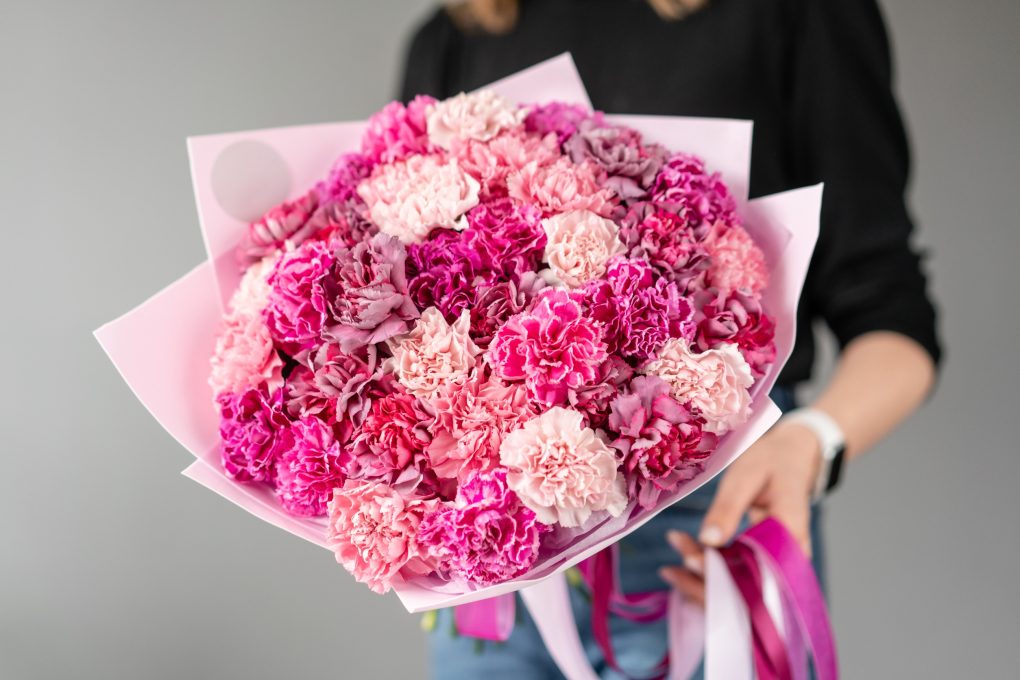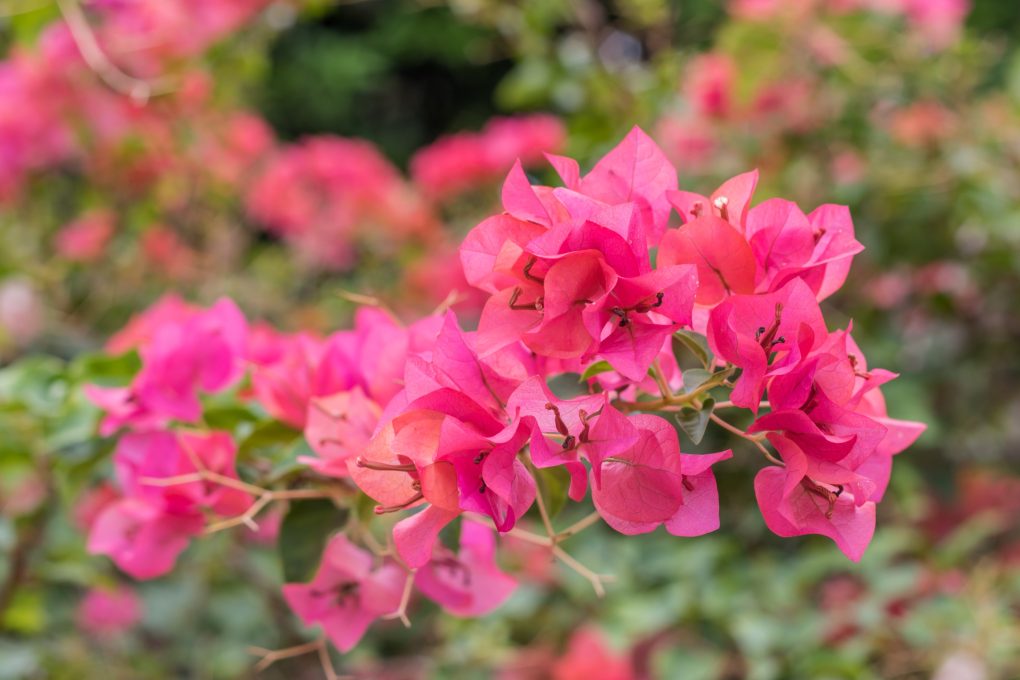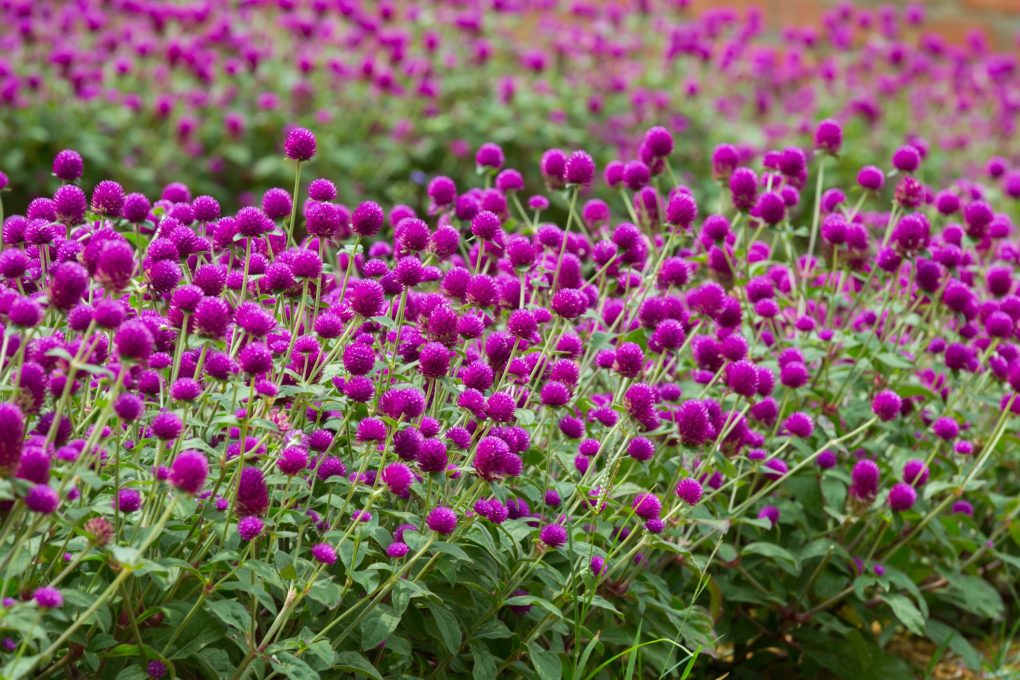Do Carnations Cause Allergies? Reason Why Carnation Do Not Cause Allergies
Carnations are a traditional flower that is also a favorite among people with allergies. Allergy sufferers need not worry about being exposed to pollen’s carnation when they pick these flowers because they have multiple petals, and their design does not emphasize pollen production. You can choose virtually any color you want for them, and they lend a lovely texture to any arrangement you use them in. You can create a floral arrangement with a delicate scent and a pleasant aroma by including any variety of carnations in the bouquet. These flowers do not have a center, unlike other types of flowers, which have a center that is loaded with pollen and draws in bees. Because of this, they are excellent choices for a flower arrangement designed for people with allergies. Carnations complement an allergy-friendly bouquet because they are reasonably priced and readily available.
Table of Contents
Reason Why Carnation Do Not Cause Allergies

Most plant species resembling shrubs produce only a tiny amount of pollen. However, carnations are not classified as a type of plant that belongs to the shrub family. Compared to other types of flowers, such as lilies, carnation blooms are typically presented in clusters, indicating that their stems are more compact and shorter. Carnations are entirely dependent for their reproduction on the activity of pollinating insects like honeybees and bumblebees. There is a remote possibility that the wind could pick up a few minuscule fragments of pollen from the flower, but this occurs only rarely and is dependent on the strength of the wind.
One of the more enjoyable characteristics of carnations is that they continue to look beautiful even after being cut. Therefore, if you want something to fill out your bouquet, add some carnations to give it some volume!
Other Low Pollen Flowers for Allergy Sufferers
Asiatic Lilies
Although they are also classified as a type of flower that belongs to the shrub family, Asiatic Lilies produce significantly lesser amounts of pollen. Therefore, people with allergies sensitive to pollen might find these flowers more tolerable.
Daffodils
There are two parts to a daffodil flower: the corona and the perianth (petals) (cup). The daffodil stands out from many other flowers thanks to its corona and is visually appealing. This flower’s most fascinating feature is its frilled borders and cup- or trumpet-like corona, which houses the stamens. The typically 16-inch-long, slender, fleshy, and light stems of daffodils can be short or long. These plants have 12-inch-long, light green foliage that emerges from the bulb.
Begonias
Begonias also belong to the category of flowers classified as a type of plant belonging to the shrub family. However, unlike other plants in this category, Begonias produce moderately high pollen levels. Therefore, people with allergies might find adding these flowers to their bouquets beneficial.
Camellias
Camellias are an excellent choice for allergy sufferers who want to add a touch of elegance and beauty to their bouquets. Their flowers contain high fragrance levels, so they can be genuinely appreciated by those who love flowery scents.
Hydrangeas
They are beautiful flowers commonly used to decorate weddings and other events. Although they are known for their sweet fragrance, rose flowers produce moderate pollen levels. People with allergies might want to add them to their bouquets to add dimension and beauty.
Orchids
Orchids are flowers that, due to their pollination process, can cause allergies in some people. While orchid blooms do not typically have much fragrance (compared to other flowers), they release significant pollen levels. As such, allergy sufferers need to be aware that orchids might trigger an allergic reaction when they come into contact with the plant’s pollen.
Bougainvilleas

Bougainvilleas are a type of flower known for their striking colors and large flowers. These plants also tend to release a lot of fragrance, making them an excellent choice for allergy sufferers who want to add beauty and fragrance to their bouquets without worrying about triggering their allergies.
Cactus
Cacti are plants that belong to the cactus family. While they release pollen, it is shallow in concentration, and most people don’t find it challenging to tolerate cacti flowers.
Peonies
Peonies are a type of flower that is very popular among allergy sufferers. They contain high fragrance levels, but their pollen doesn’t tend to cause allergies in most people.
Roses
While roses release pollen, it is also one of the most allergy-friendly flowers for fragrance. As a result, many people allergic to other types of fragrances find that they can enjoy the beauty and fragrance of roses without having any problems.
Tulips
Tulips are a flower known for their unusual colors and striking shapes. They are also one of the most pollen-free flowers out there, which means they are an excellent choice for people who suffer from allergies.
Irises
Iris flowers are one of the most allergenic, but this doesn’t mean they don’t have any fragrance. Many people find irises to be very fragrant and beautiful. As a result, if you are allergic to other types of scents, it is best to avoid flower arrangements made from irises.
Worst Flowers for Allergy Sufferers
English Lavender
English Lavender is a flower commonly used in soap production, containing high oil levels, which can be an allergen for some people.
Sunflowers
Sunflowers are one of the most common types of flowers in landscaping, producing a lot of pollen, which can be an allergen for people allergic to it.
Baby’s Breath
In addition to appearing in many florist bouquets, Baby’s breath is popular in cottage gardens. Despite being small, the flowers contain a lot of pollen. Contrary to popular belief, the double-flowered varieties of baby’s breath are preferable to the single-flowered varieties. The hybrid double blossoms contain little pollen because they are hybrids. The fact that the pollen can’t fly off, thanks to all those petals, also helps.
Aster
Aster flowers are beautiful but can also be a problem for people allergic to pollen. Aster is a flower popular for landscaping because it produces large quantities of pollen.
Amaranth

Amaranth is a type of plant that is popular for landscaping because it produces large quantities of pollen. The flowers on amaranth plants are tiny, so they tend to “hide” the pollen in the flower arrangement. However, amaranth can still be a problem if you are allergic to pollen because it contains high protein levels.
Chrysanthemum
Chrysanthemums are a type of flower popular for landscaping because they produce large quantities of pollen. The flowers on chrysanthemum plants are tiny, so they can often be “hidden” in flower arrangements. However, chrysanthemum flowers can still be a problem if you are allergic to pollen because they contain highly allergen-rich oils.
Chamomile
Chamomile is a flower popular for landscaping because it produces large quantities of pollen. The flowers on chamomile plants are tiny, so they can often be “hidden” in flower arrangements. However, chamomile flowers can still be a problem if you are allergic to pollen because they contain highly allergen-rich oils.
